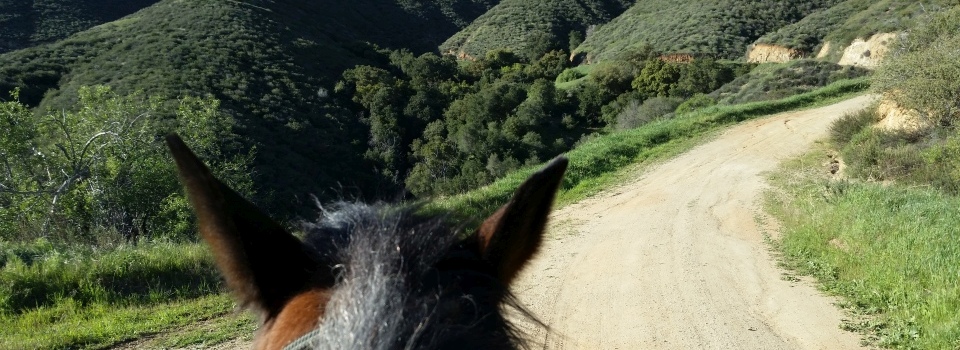In 1963, the Yale University psychologist Stanley Milgram published the results of a study he did to measure the willingness of participants to obey an authority figure and perform actions that conflicted with their conscience. Participants were led to believe that they were taking the role of Teacher in a learning experiment. Actors took the roles of Experimenter and Learner. The Experimenter instructed the Teacher to ask the Learner questions, and if the answers were incorrect, press a button to administer an electric shock to the Learner. The Learner, an actor, intentionally answered questions incorrectly, and responded as if to a real shock. As the experiment progressed, the Experimenter asked the Teacher to increase the level of shocks, even though the reactions of the Learner suggested that he was in great distress. In the first set of experiments, 65% of the participants administered the highest level of shock, which they were told was 450 volts.
Milgram devised his psychological study to answer the popular question at that particular time: “Could it be that Eichmann and his million accomplices in the Holocaust were just following orders? Could we call them all accomplices?” —Wikipedia
Others have repeated the experiment in the years since; I was reminded of it by reading about a recent repetition in Poland. And I thought of the early education of many riders.
“Kick, kick, kick!” The staccato music of a lesson barn.
There are reasons to kick a horse. There are many more reasons not to. Most kicks administered by riders to horses are given out of frustration, and almost always before other methods of communication have been exhausted. Fortunately the kicks of an eight-year-old don’t do much damage to a horse, and most lesson horses have experienced worse. Unfortunately, the student is never taught how to recognize when a kick is necessary, but rather that it’s always necessary when a horse isn’t “obeying”.
And the expectation has been created. Force is always an option. Pain compliance is nevertheless compliance. And by the time that eight-year-old becomes an adult, with spurs, or a crop, or a twisted-wire snaffle, or draw reins, “Kick, kick, kick!” has been internalized. When other “authority figures” chime in with “Show him who’s boss,” “Horses don’t feel pain the way we do,” “Make him yield at the poll,” the message is reinforced. We’re teaching the horses, so it must be okay.
Where do we go to find the evil here? We all came through the same system. We learned the same lessons. Some of us realized what we were doing and said, “No! I won’t do this any more.” Others continue to go along, because of ignorance, social pressure, or expedience. Kick him. Push the button. You have no other choice, you must go on.

